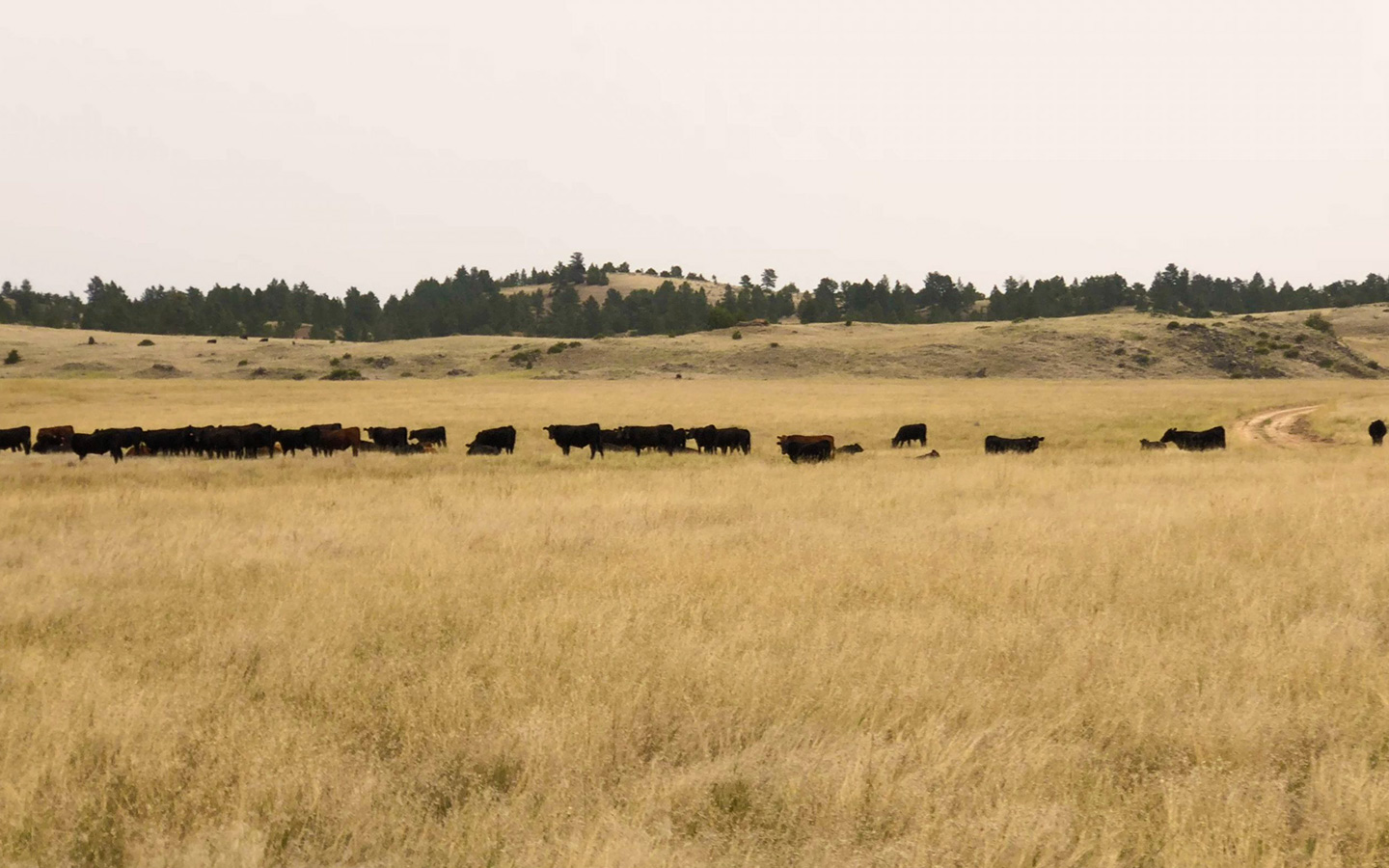Beginner’s guide to pasture, rangeland and forage insurance
What is Pasture, Rangeland and Forage (PRF) insurance, and why does it exist?
Federal support for row crop producers has existed in multiple forms since the 1930s. It was not until 2000, when Congress mandated the United States Department of Agriculture’s Risk Management Agency (RMA) create a risk management product for every crop and commodity, that the idea for PRF insurance was born in order to help protect livestock producers.
The concept is simple; no matter the specific location, lack of precipitation is a threat to any rancher. The network of NOAA weather stations across the nation is used to establish average precipitation during two-month periods since 1948, and then deviations from average.
Unlike crop insurance, indemnity payments are determined only by precipitation, not by any production metrics (weaning weights, number of cattle). There is no incentive for ranchers to overgraze in order to guarantee their insurance payment. While PRF is not subsidized to the level that most federal row crop insurance products are, it can provide meaningful relief to businesses with historically tight margins (ranchers often use the payments to cover extra feed costs).
From a macro-perspective, particularly in areas of the west where the prospect of row crop insurance can incentivize the breaking up of virgin grasslands, PRF insurance can help keep those grasslands intact.
What you need to know about PRF insurance
PRF Insurance goes by many names
You may hear PRF referred to as grass, drought, rain, or pasture insurance. It is all the same product.
PRF insurance offers protection against lower than average precipitation
Precipitation averages are defined by the National Oceanic and Atmospheric Administration for a specific location and a specific time period. The NOAA system is not perfect, but is designed to correlate with precipitation patterns over time, at scale.
Only livestock or hay producers can purchase PRF insurance
Properties used only for hunting or recreation are not eligible for PRF insurance. Proof of livestock ownership or hay production is required.
You can insure owned and/or leased land
Proof of ownership and/or status as lessee is required. Leases can be private or public (BLM and Forest Service).
PRF Insurance is subsidized
The RMA sets the rules and prices for PRF insurance. It also subsidizes the premium more than 50%, making PRF an attractive and affordable risk management tool for ranchers.
PRF works throughout the United States
PRF is designed to work anywhere. This is because precipitation for a specific location is compared ONLY to precipitation for that specific location since 1948. In other words, locations are not compared to each other, but rather to themselves, over time.
PRF is highly customizable
Policy cost is determined by property location, number of acres insured, type of acres (pasture or hay, which can be irrigated/non-irrigated and organic/inorganic), periods of the year insured, and selected percentage of normal rainfall insured. Policies for different properties can and should be different – PRF is not one size fits all.
PRF Insurance premiums are identical between agents
Because the RMA sets all prices for PRF insurance, no agent can offer you a better price than any other agent. Knowledge, service, and data analytics make a huge difference and can vary significantly. An excellent agent will clearly communicate the many details and rules of PRF, work to understand what your risk management and financial objectives are for the product, analyze and present data specific to your property, ensure policy accuracy and compliance, and keep you updated about your policy throughout the year.





